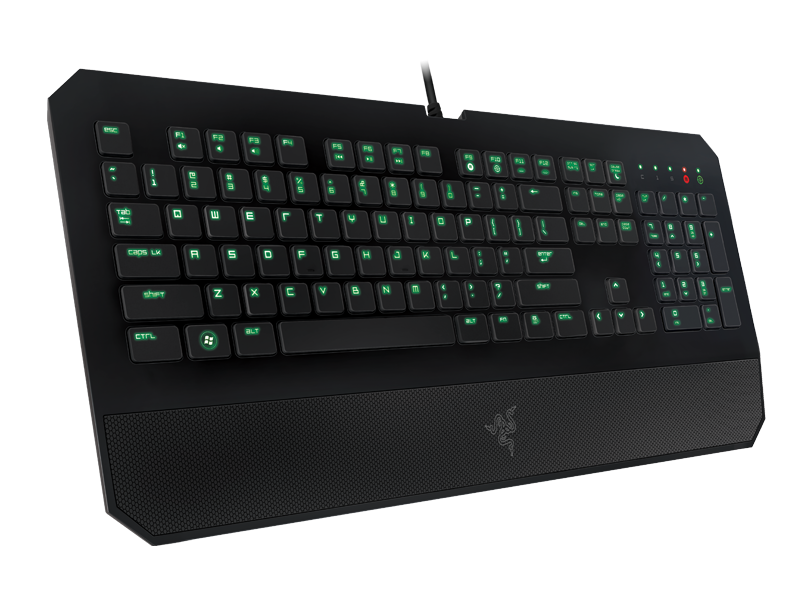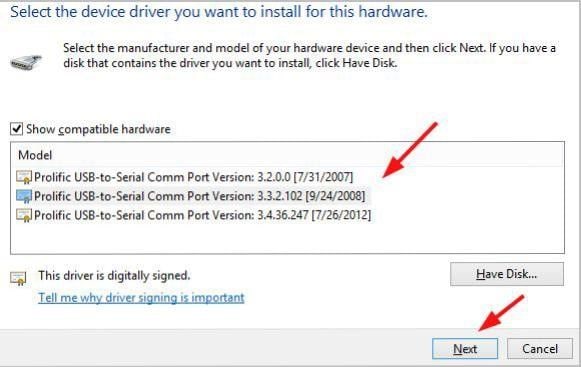- Do-it-auto Port Devices Driver Download For Windows 8.1
- Do-it-auto Port Devices Driver Download For Windows Xp
- Do-it-auto Port Devices Driver Download For Windows 10 Free
- Do-it-auto Port Devices Driver Download For Windows Key
- Do-it-auto Port Devices Driver Download For Windows 7
Download Serial Port Utility - A simple and lightweight application that facilitates the communication and data transfer via RS232 serial ports, automatically detecting connected devices. Provide an INF file that specifies the Ports device setup class and the Serial function driver as the service for the port. To configure a serial port as COM port, comply with the requirements that are defined in Configuration of COM Ports.
This article helps to fix an issue in which Windows 10 doesn't install specific drivers for USB audio devices on the first connection.
Original product version: Windows 10, version 1703
Original KB number: 4021854
Aug 15, 2013 6) Monkey will connect to our server and download the appropriate drivers for your Line 6 device. 7) After the drivers are downloaded, Line 6 Monkey will exit so the Driver Install Wizard can launch. 8) Once the Line 6 Monkey prompts you to plug your device in, the Windows Found New Hardware Wizard should open. Please follow the. Download and install network adapter Drivers How Do I Install Driver updates? To fix your Drivers problems you will need to know the particular model of the network adapter device you are having problems with. Once you have the details you can search the manufacturers website for your drivers and, if available, download and install these drivers. How do I know if I need to update my Drivers? You should see an open port named 'USB Serial Port' Right click on the 'USB Serial Port' and choose the 'Update Driver Software' option. Next, choose the 'Browse my computer for Driver software' option. Finally, select the driver file named 'FTDI USB Drivers', located in the 'Drivers' folder of the Arduino Software download.
Symptom

When you connect a USB audio device to a Windows 10 Version 1703-based computer the first time, the operating system detects the device but loads the standard USB audio 2.0 driver (usbaudio2.sys) instead of the specific device driver.
Cause
This issue occurs because the USB audio 2.0 driver (usbaudio2.sys) isn't classified as a generic driver in Windows 10 Version 1703. Therefore, the system assumes that a compatible, nongeneric driver is installed for the device even though the driver is generic.

Do-it-auto Port Devices Driver Download For Windows 8.1
This issue also causes Windows 10 Version 1703 to postpone the search for other compatible drivers through Windows Update that typically occurs immediately after you install a new device.
Resolution
To fix this issue, use one of the following methods.
Do-it-auto Port Devices Driver Download For Windows Xp
Method 1
To resolve this issue, install update 4022716.
Do-it-auto Port Devices Driver Download For Windows 10 Free
Method 2
If the device-specific driver is distributed through Windows Update, you can manually update the driver by using Device Manager. For more information about how to do this, see update drivers in Windows 10.
Method 3
If the device is not yet connected, first install the device-specific driver, such as by using the appropriate installer. After the device-specific driver is installed, Windows 10 will select that driver instead of the standard USB audio 2.0 driver when you first connect the device.
Note
See the device manufacturer's user guide for specific instructions about how to install the driver.
Do-it-auto Port Devices Driver Download For Windows Key
Method 4
If the driver isn't distributed through Windows Update, you can manually reinstall the driver. To do this, follow these steps:
Do-it-auto Port Devices Driver Download For Windows 7
- Install the device-specific driver (see Method 2).
- Open Device Manager.
- Right-click (or tap and hold) the name of the device, and then select Uninstall.
- Restart the computer.
When it restarts, Windows will try to reinstall the device by using the device-specific driver.
